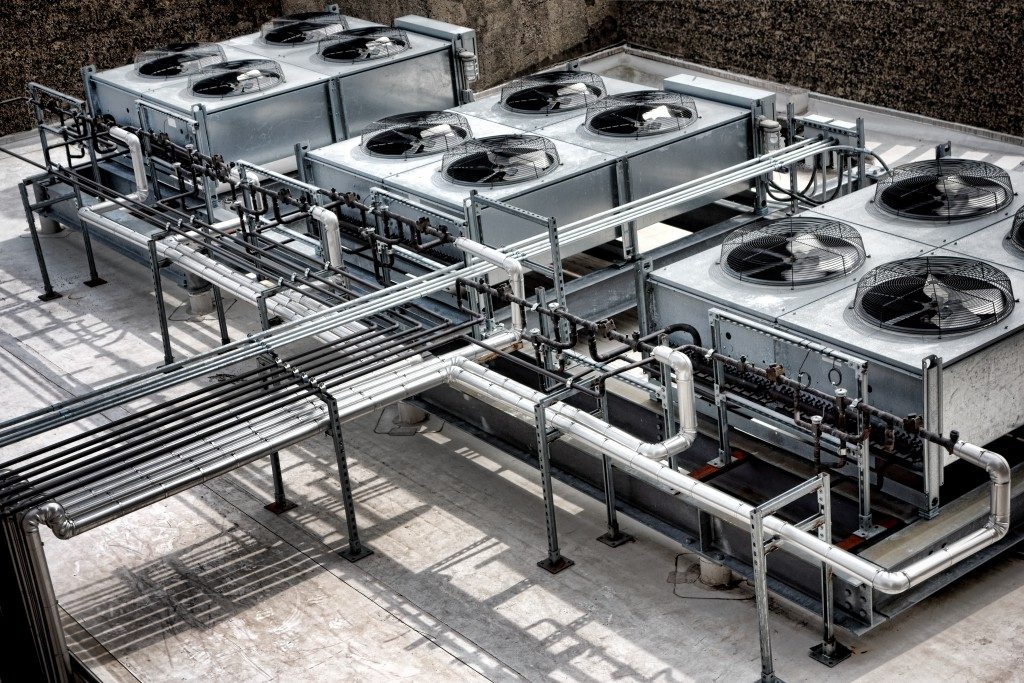The ambiance is a crucial element of your business space. This will determine the comfort of your clients in your establishment, affecting how long they’ll stay and whether they’ll come back or not. Other than decor and furniture, the right temperature will make a huge difference in the comfort of your employees and clients. This is why you need an efficient heating, ventilation, and air conditioning (HVAC), particularly the ventilation.
Depending on your building, air conditioning experts from Riverview might recommend 100% external air for ventilation or a mix of re-circulated interior and exterior air. This is often used in medical care settings and laboratories to avoid recirculation of harmful elements.
The following are the ventilation systems used in industrial and commercial buildings:
Constant Air Volume (CAV) Systems
These deliver a regular air rate to your interiors while altering the temperature of your supplied air. If you require more than one area to be supplied by a CAV unit, the supply air will be cooled in one spot to meet the demands of the zone with the highest needs. Air will be reheated at the system’s terminal units to maintain indoor comfort. The reheat and constant airflow of CAV systems reduce the risk of ‘’dead air’’ pockets in your space.
Variable Air Volume (VAV) Systems
These vary on the quantity of air your building will get while maintaining the supply of air at a constant temperature. This will reduce your fan’s energy and requires less reheating compared to the CAV system. One of the key issues associated with VAV systems is the lack of a uniform space temperature when the airflow rate is low. The minimum airflow needed for your establishment’s temperature control might at times be higher compared to what is needed to meet your space load. In these times, reheating of the air is essential.
Fan-Powered VAV Systems

These units combine the reduced fan and reheating energy requirements of a VAV system with the optimal airflow of a CAV system. These improve airflow even in low load distribution conditions. Fan-powered VAV systems exist in two variants — parallel and series. Series fan-powered units have a constant airflow throughout, while the airflow of parallel units will change to some extent, although it will not fall below a set level. Both units allow your HVAC unit’s central fan to run at the minimum needed for air distribution.
Raised Floor Ventilation Systems
These deliver higher temperatures and lower velocities compared to conventional plenum mounted systems. These deliver air into your interiors through several floor-mounted registers, which allow low temperatures on your floors and high temperatures around the ceiling since hot air will naturally rise. Raised floor air distribution systems are mainly chosen because of their energy-efficiency.
From these tidbits, you are well-informed on the available ventilation systems for your commercial space. Before settling on one, you should still get an expert’s input on which will work best for your building’s orientation and needs. Having the unit professionally installed and maintained will also guarantee its optimal operation and energy-efficiency.

